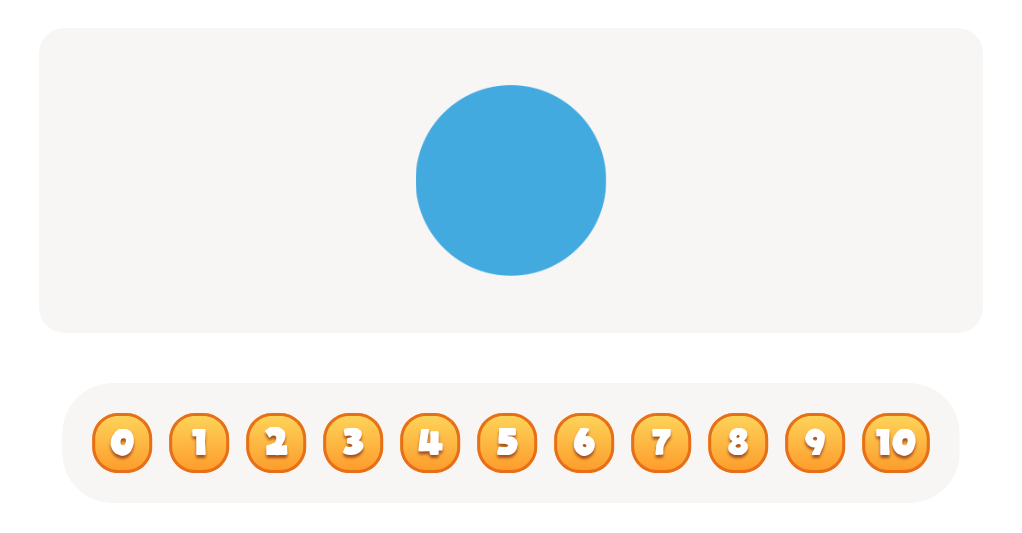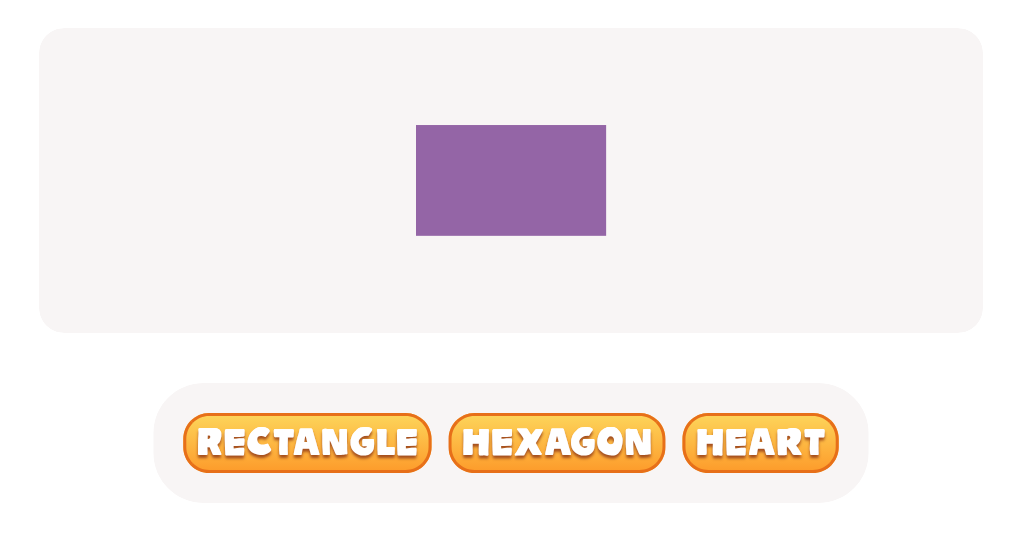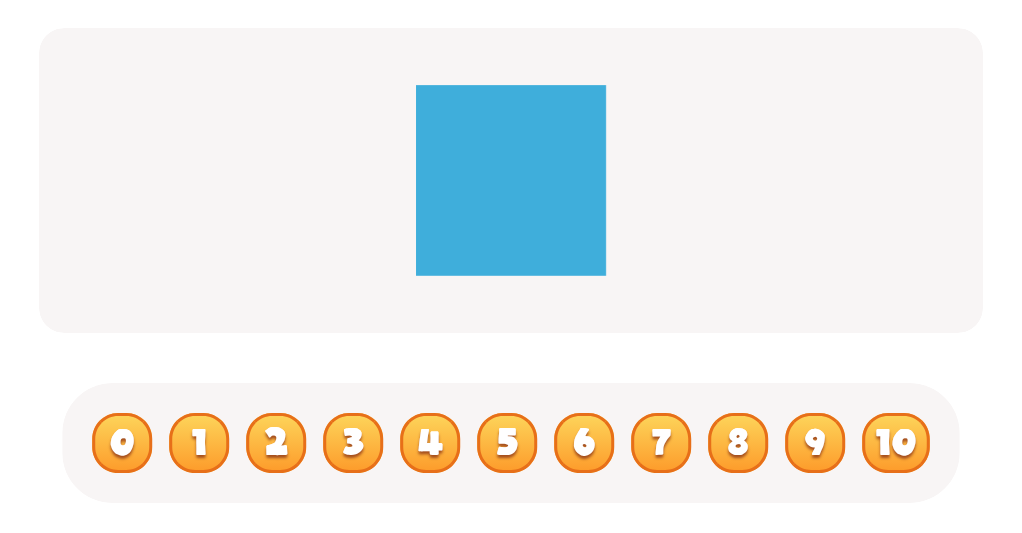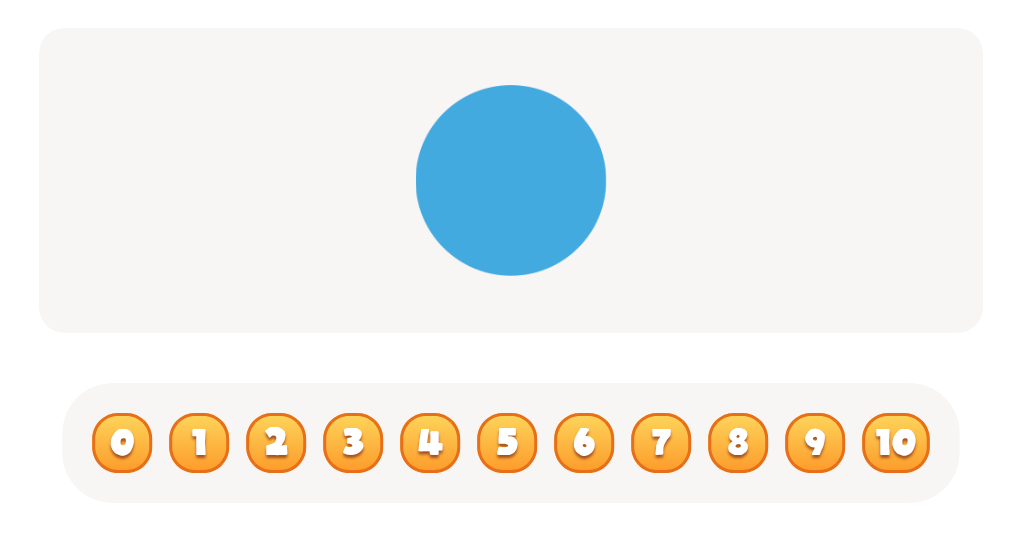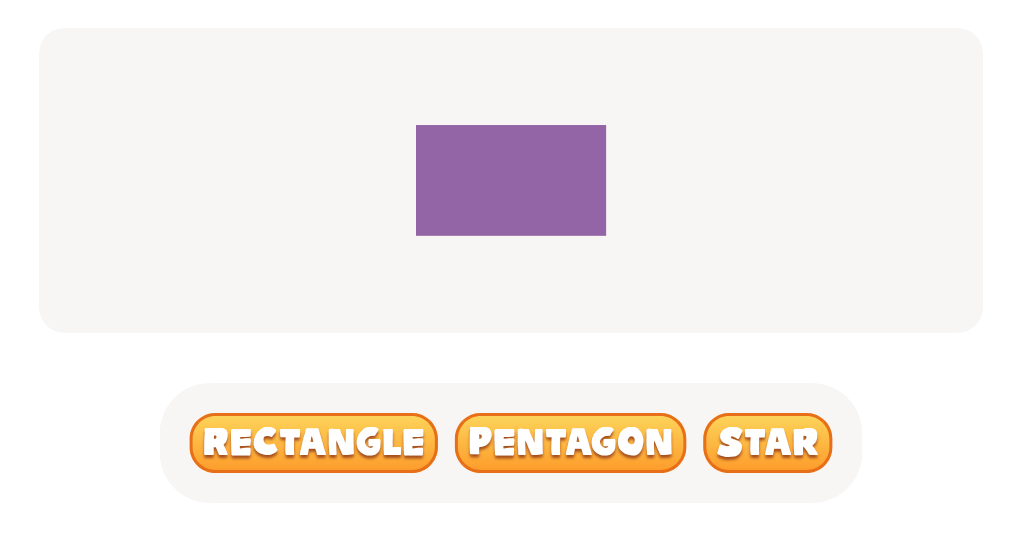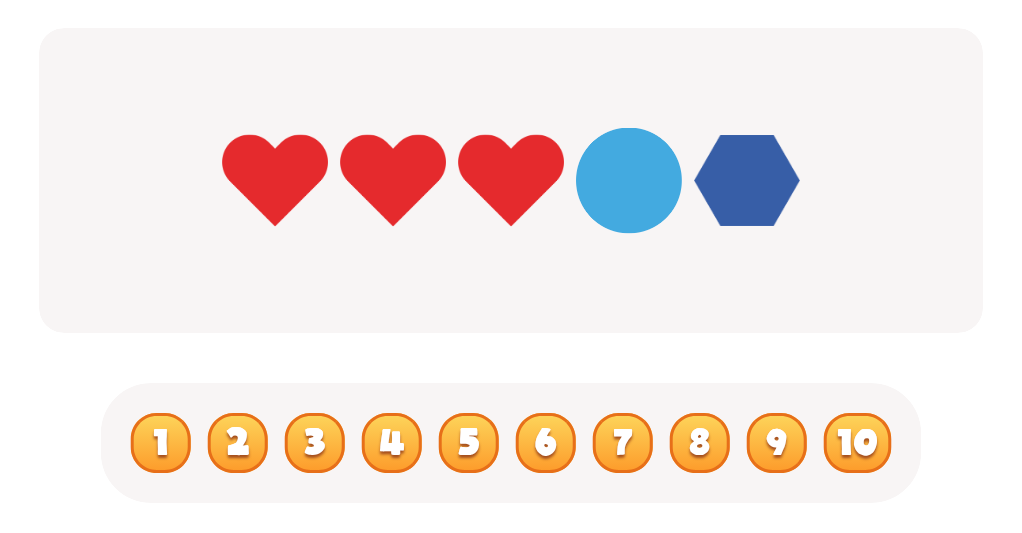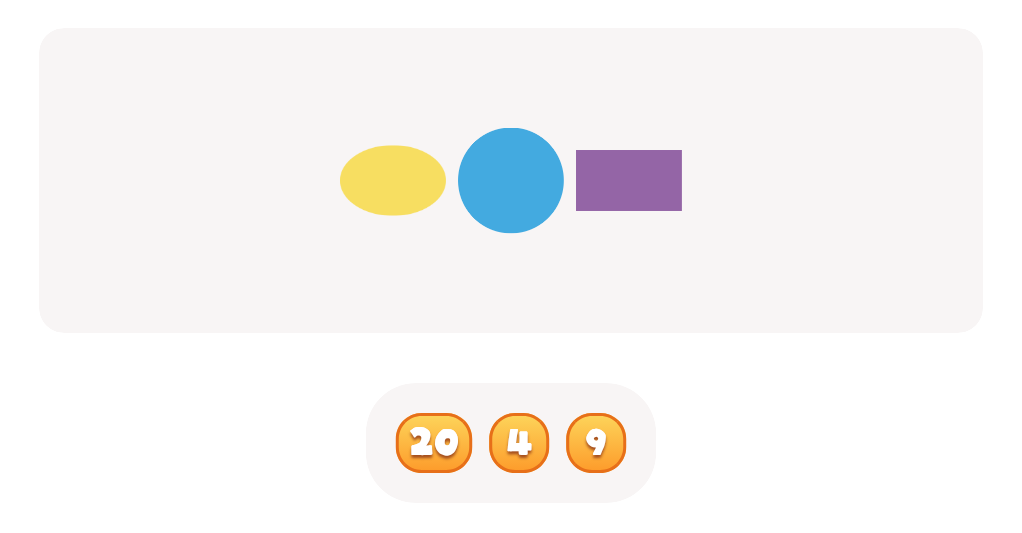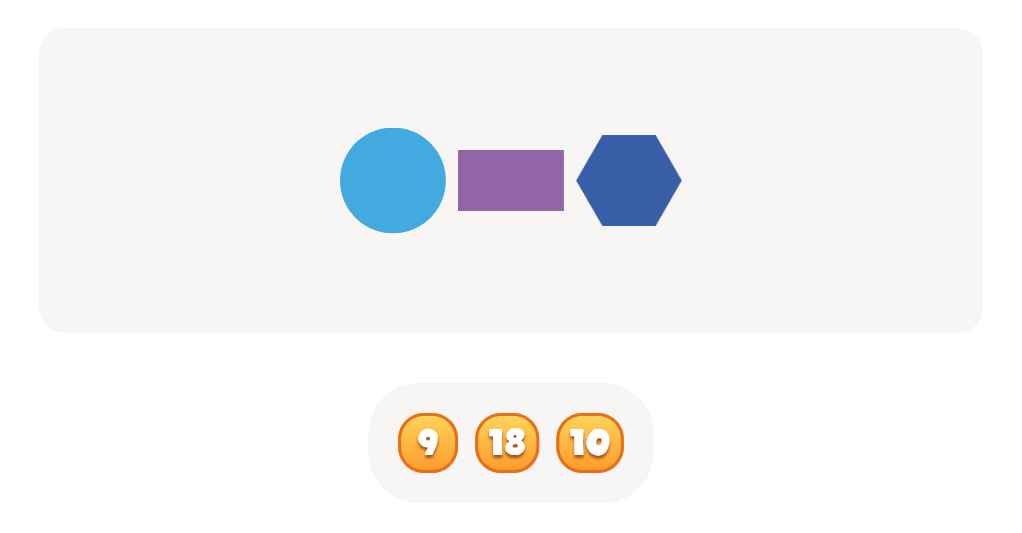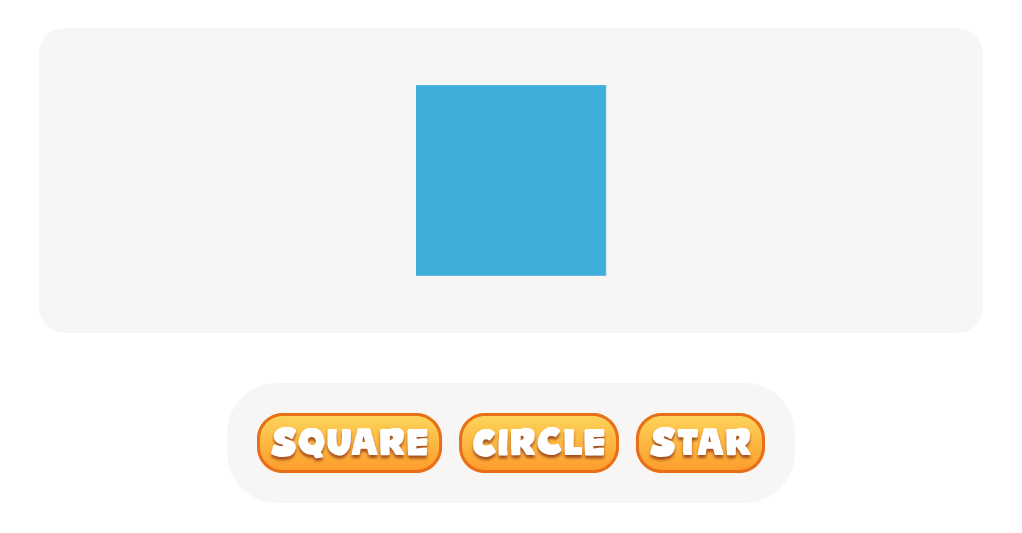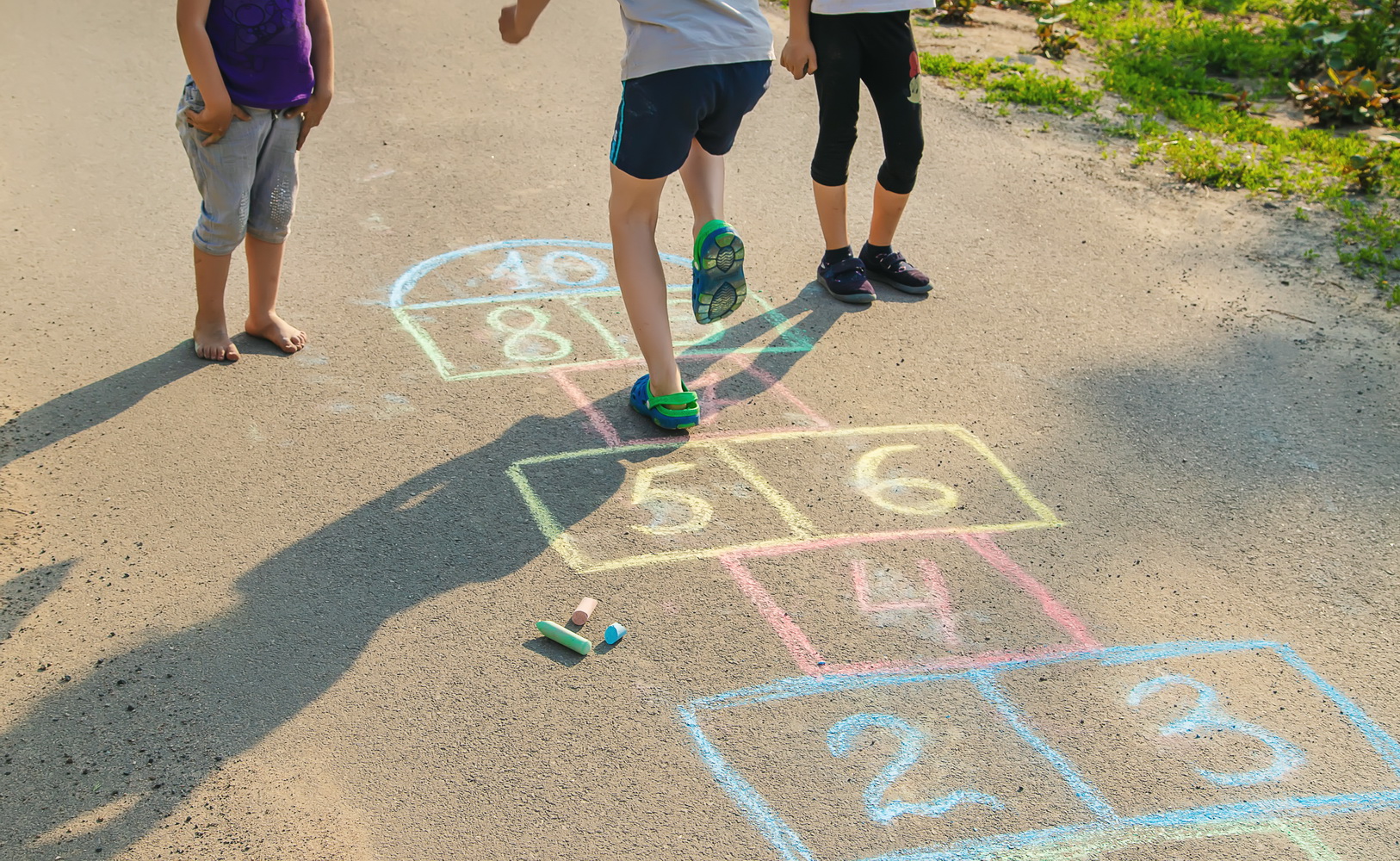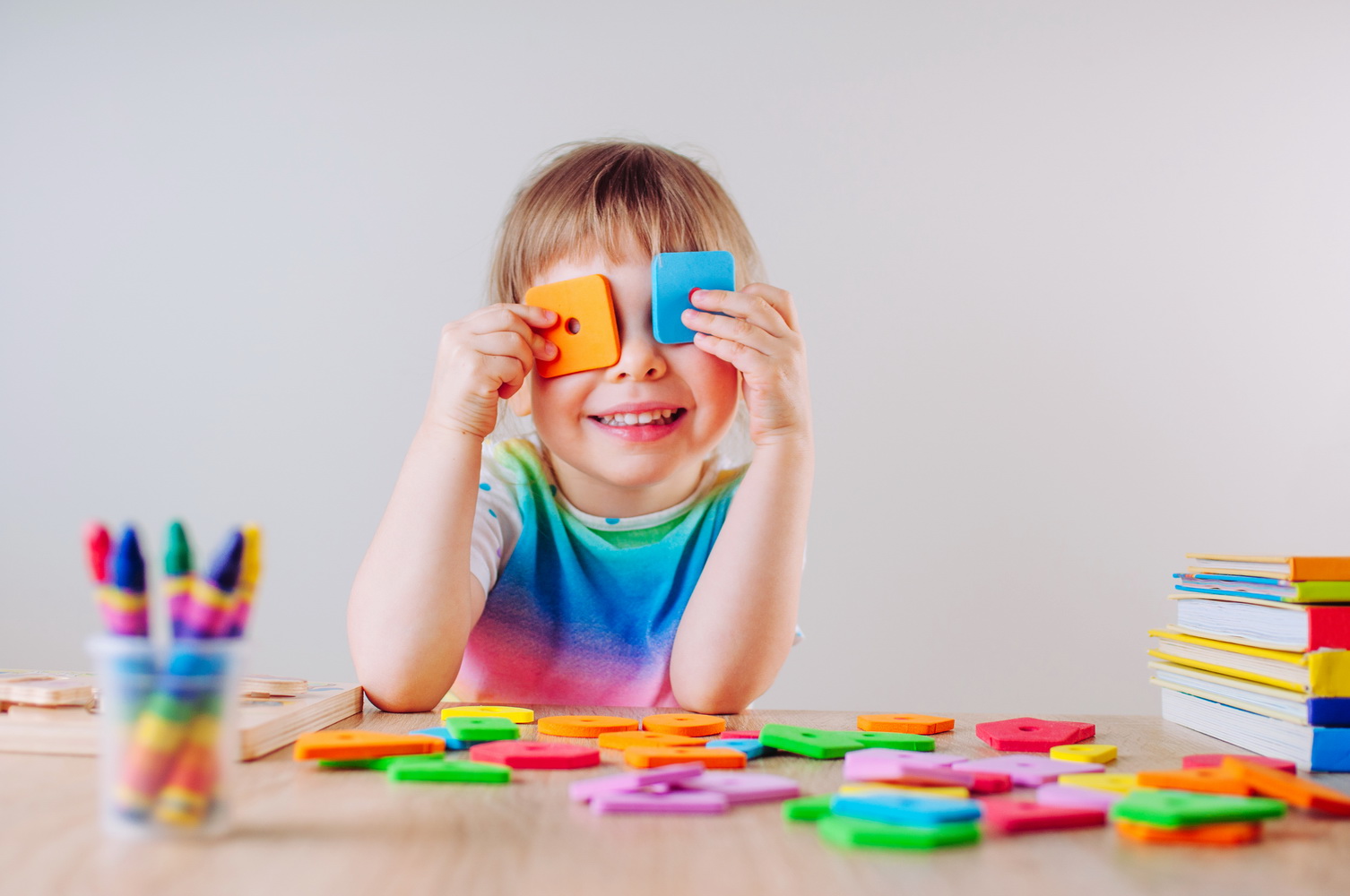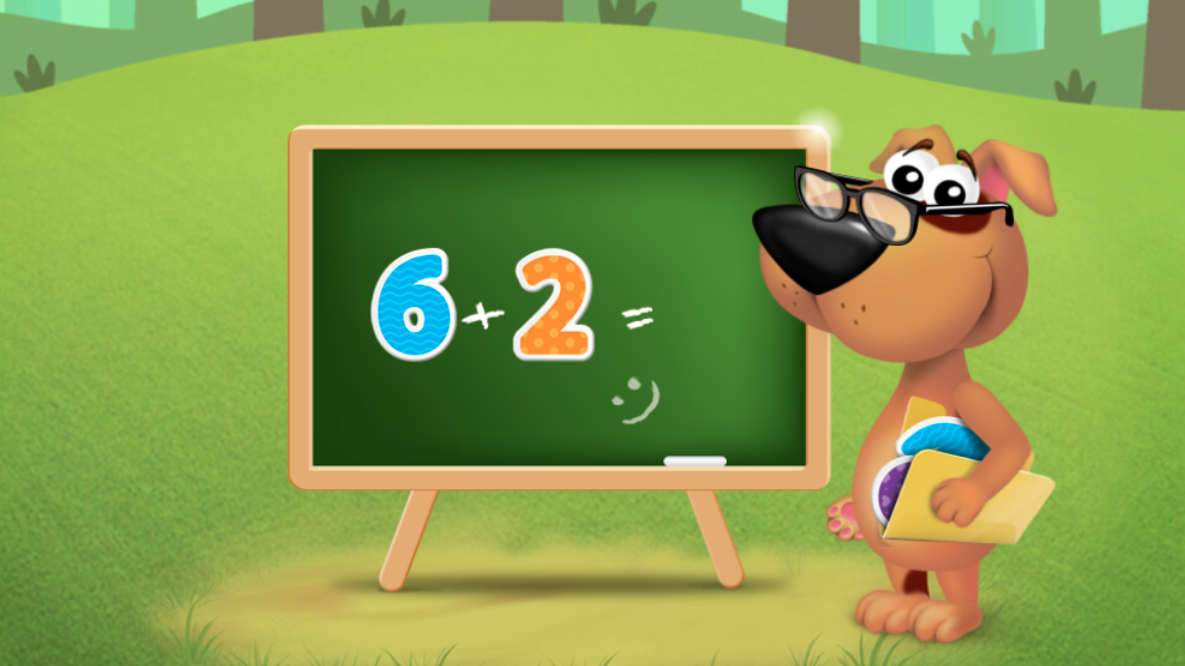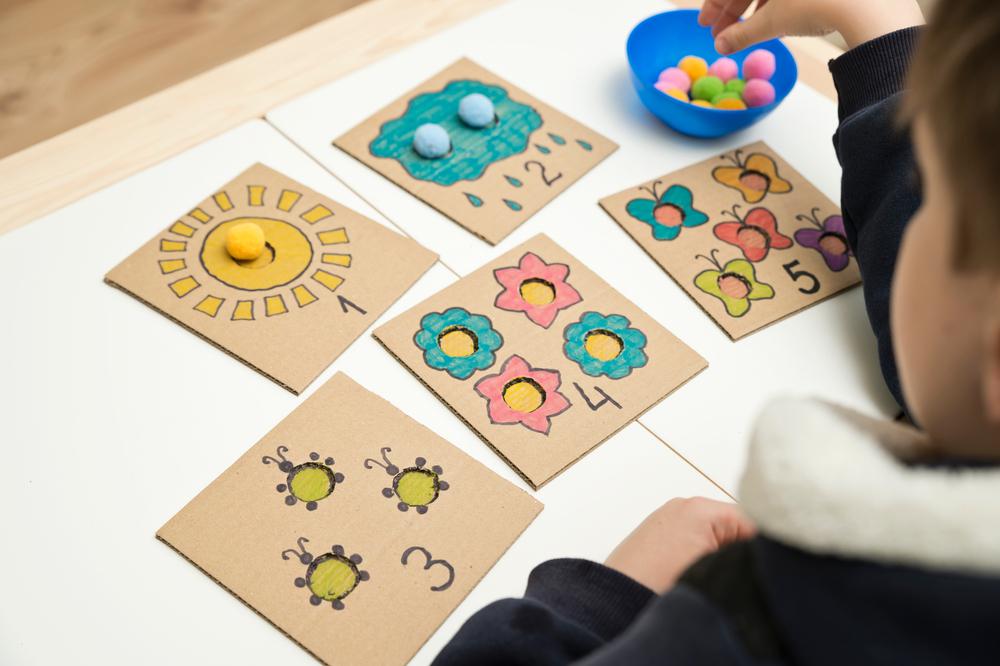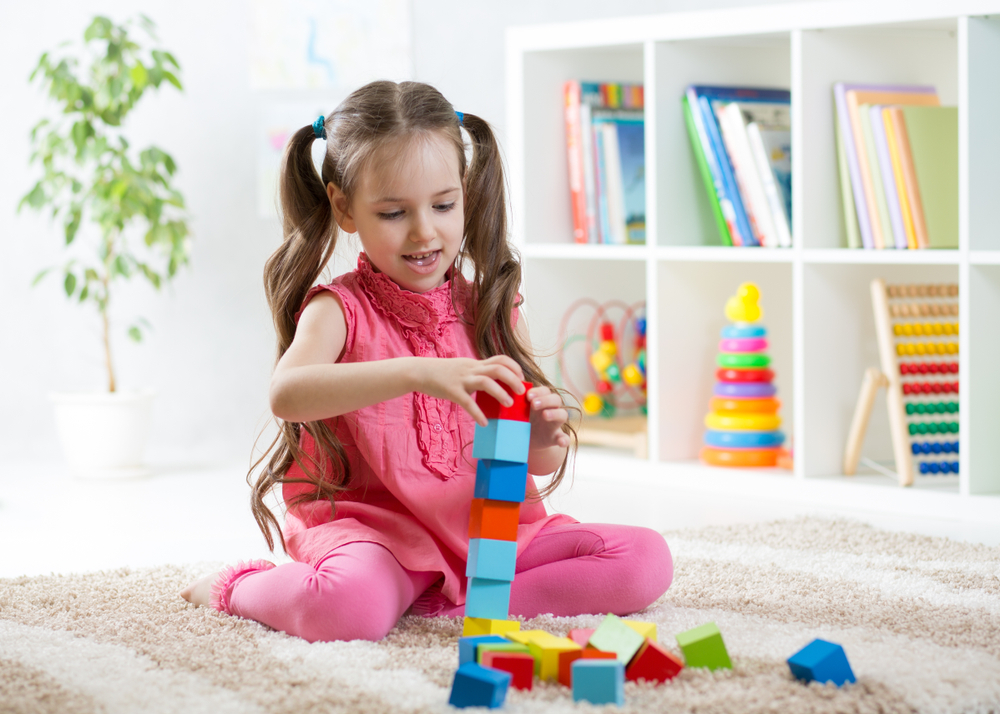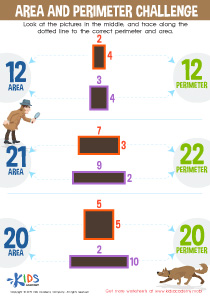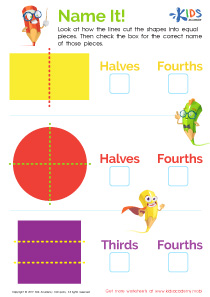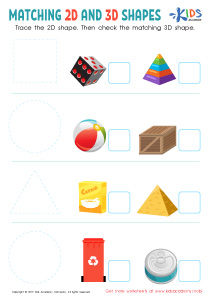Comparing shapes 2D Shapes Worksheets for Ages 3-7
4 filtered results
-
From - To
Discover our engaging "Comparing 2D Shapes Worksheets" designed for young learners ages 3-7. These worksheets provide a fun and interactive way for kids to explore the world of shapes while developing essential math skills. Featuring vibrant illustrations and simple tasks, children will learn to identify, compare, and differentiate between various 2D shapes, such as circles, squares, triangles, and rectangles. Each activity encourages critical thinking and enhances visual discrimination, making math enjoyable and accessible. Perfect for homeschooling or classroom use, our worksheets help early learners build a strong foundation in geometry while fostering creativity and confidence. Dive in and watch them learn!
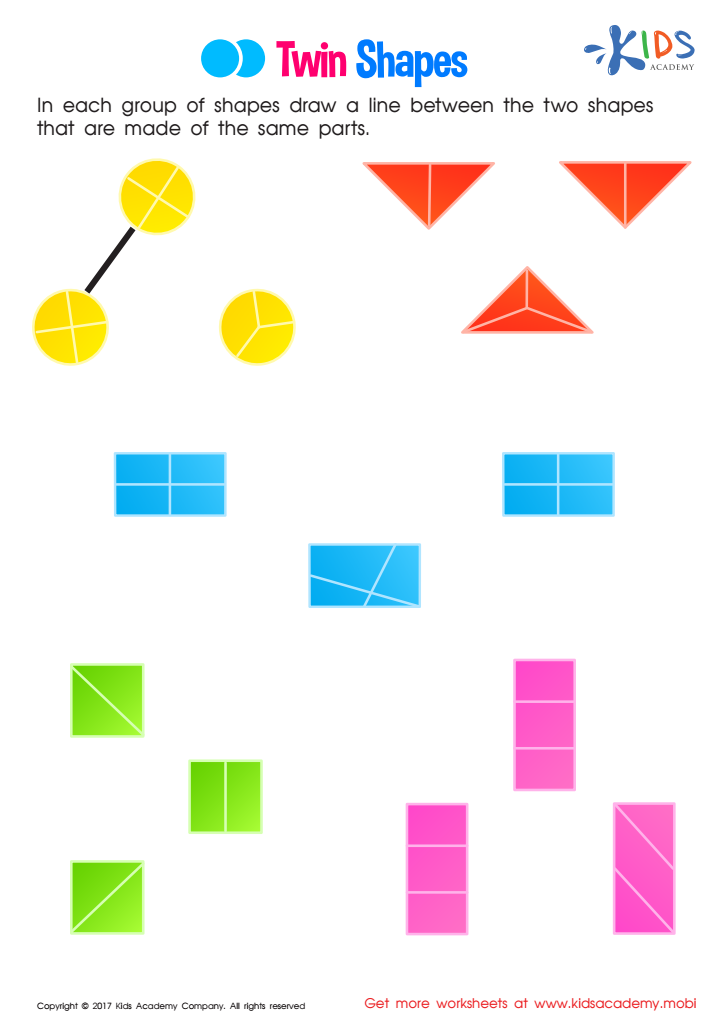

Twin Shapes Worksheet
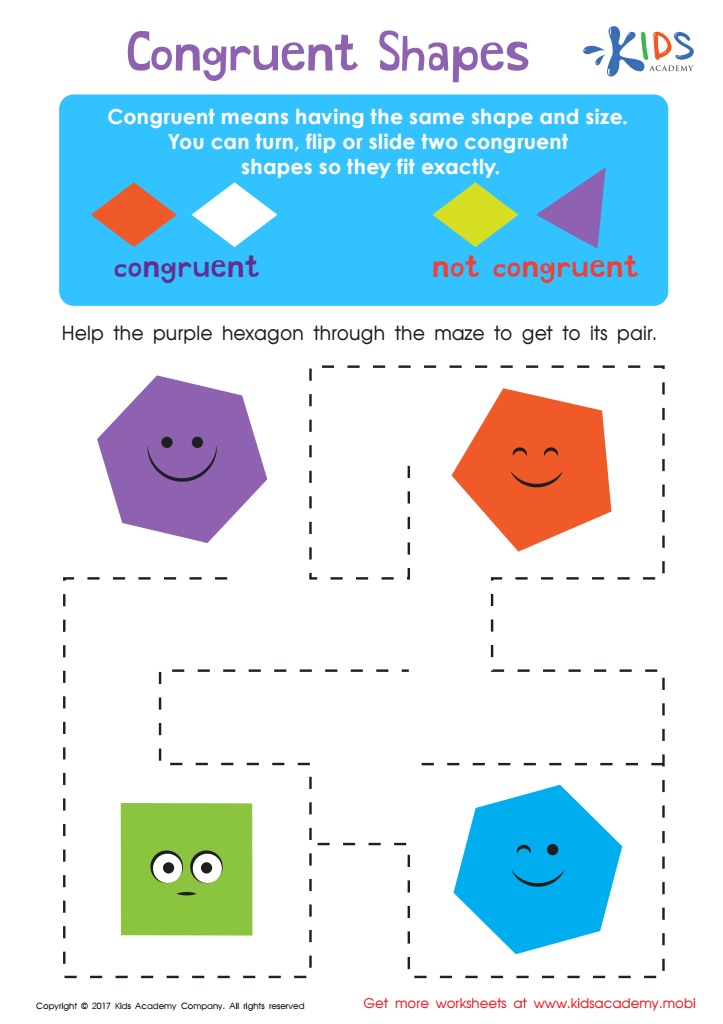

Congruent Shapes Worksheet
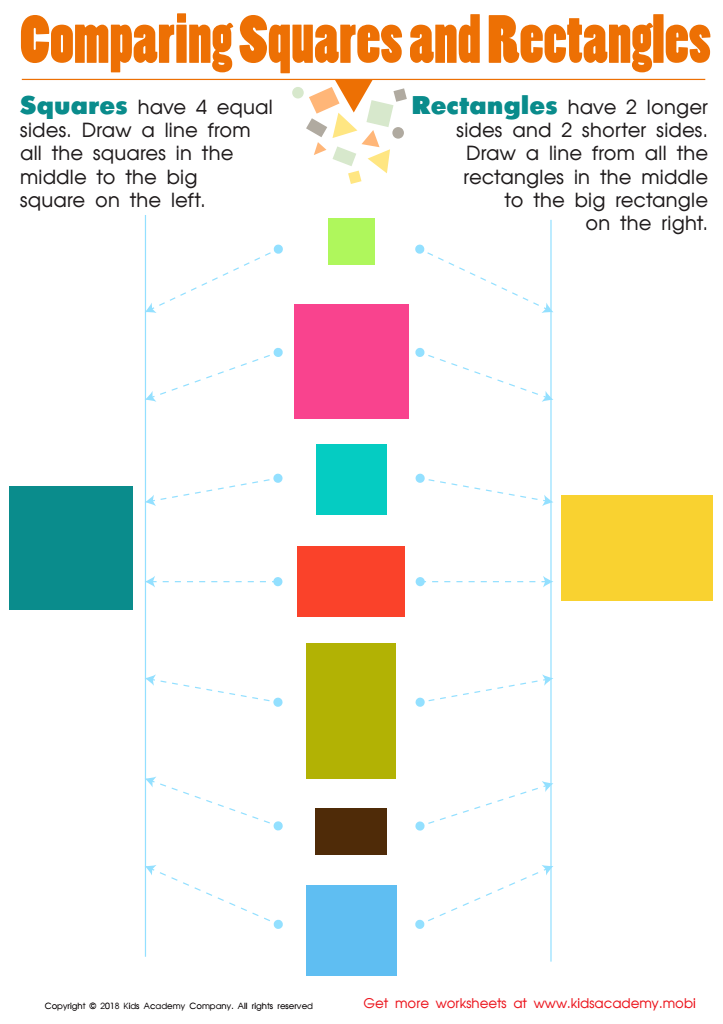

Comparing Squares Rectangles Worksheet
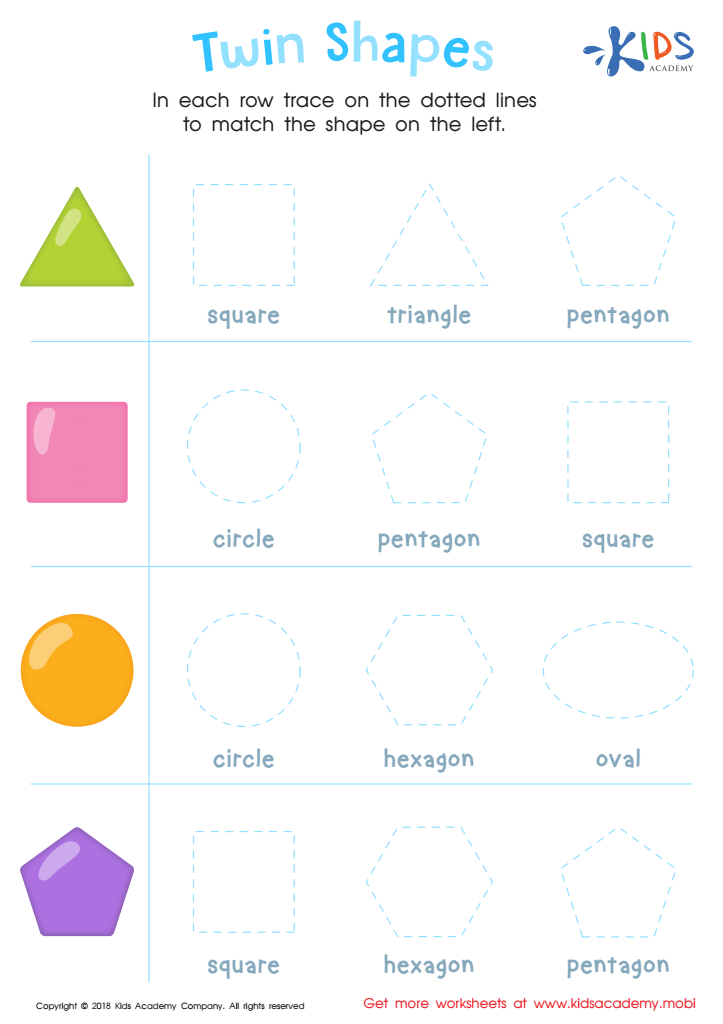

Twin Shapes Dot-to-Dot Worksheet
Comparing 2D shapes is a fundamental aspect of early childhood education that is crucial for cognitive development in children aged 3 to 7. Understanding and identifying shapes fosters critical thinking, problem-solving skills, and enhances spatial awareness. Teachers and parents should care about introducing shapes at this age because these foundational skills support further mathematical learning.
When children compare 2D shapes, they engage in analytical thinking by categorizing based on attributes like color, size, and form. This not only enhances their understanding of geometry but also lays the groundwork for more complex mathematical concepts, such as symmetry, patterns, and measurement, later on.
Additionally, learning about shapes promotes language development, as kids describe and communicate their observations, building vocabulary related to geometry. Engaging children in shape comparisons through play can be enjoyable, making learning feel organic and fun.
Alignment with developmental milestones ensures that kids gain confidence and enthusiasm for learning. By recognizing the importance of 2D shapes, parents and teachers can enhance early educational experiences, fostering a love for math and laying the groundwork for academic success.
 Assign to My Students
Assign to My Students
